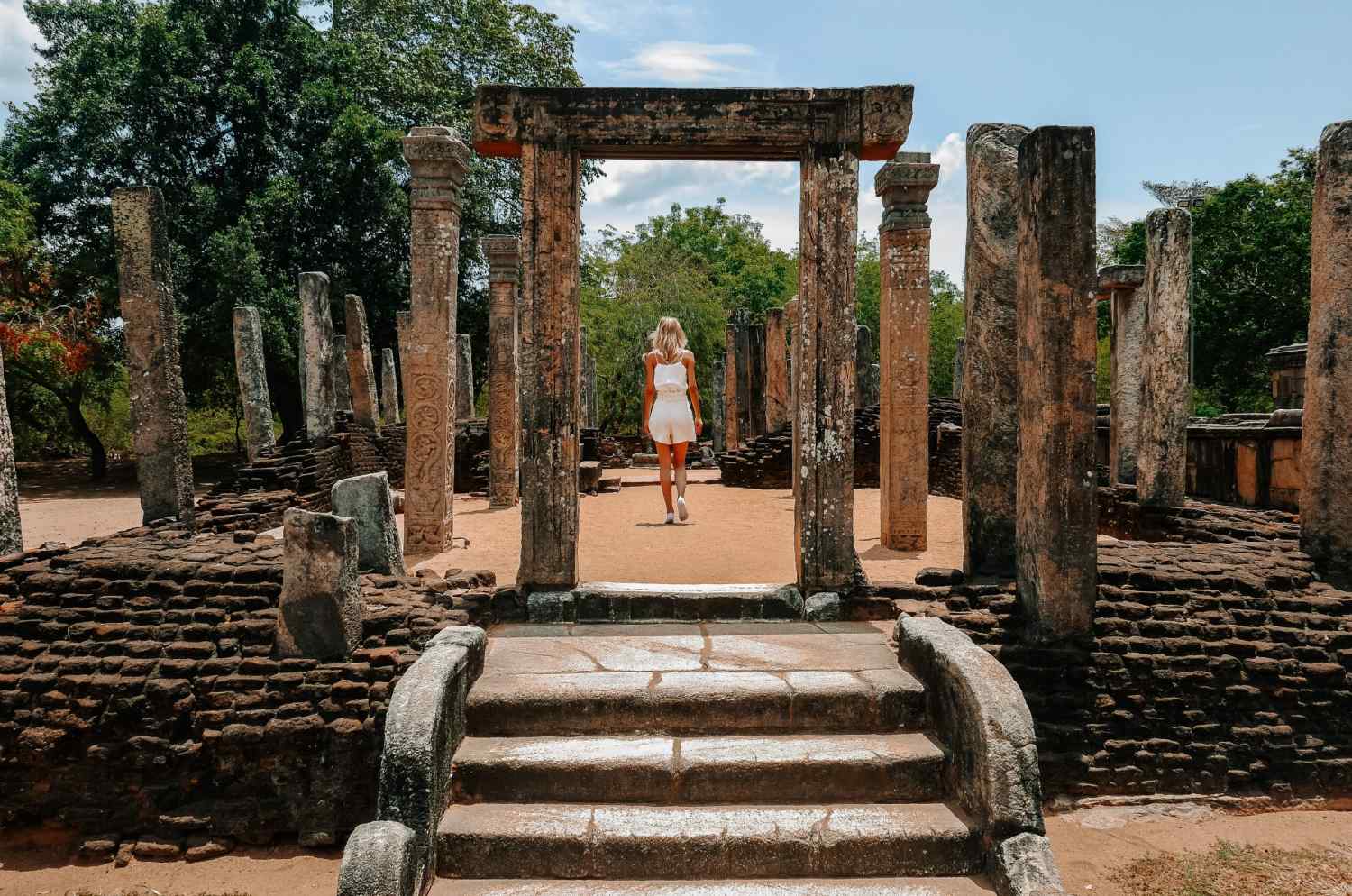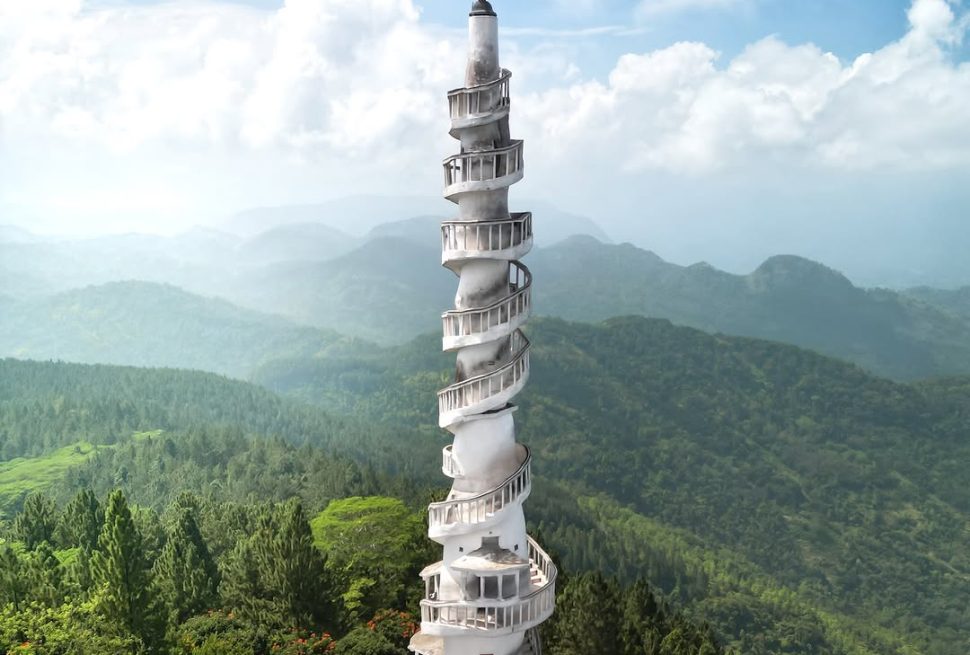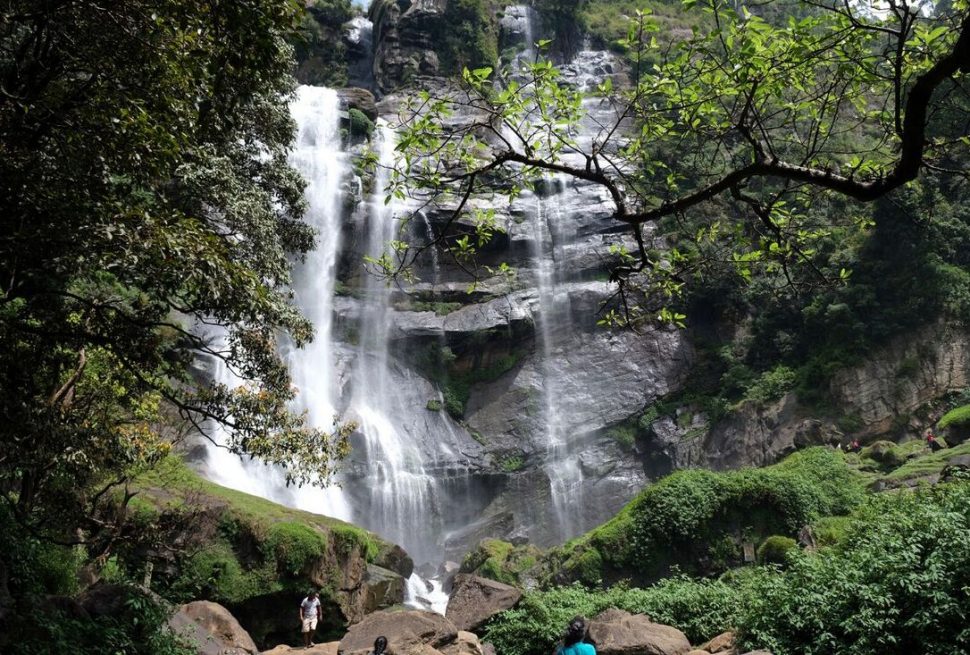Polonnaruwa, a UNESCO World Heritage Site, is one of Sri Lanka’s most treasured cultural destinations. It served as the island’s second ancient capital after Anuradhapura and flourished between the 11th and 13th centuries. Today, it stands as a testimony to Sri Lanka’s rich history, showcasing magnificent ruins, stupas, statues, and reservoirs.
History of Polonnaruwa
The Rise of Polonnaruwa
Polonnaruwa became the capital of Sri Lanka after the fall of Anuradhapura in the late 10th century. The Chola dynasty initially controlled the city, but King Vijayabahu I reclaimed it in the 11th century, making it a stronghold of Sinhalese culture.
The Golden Era under King Parakramabahu I
One of the most significant rulers, King Parakramabahu I (1153–1186), developed Polonnaruwa into a thriving kingdom. He initiated vast irrigation projects, built grand palaces, and constructed the iconic Parakrama Samudraya, a massive reservoir that still benefits local agriculture today.
The Decline of Polonnaruwa
After the reign of King Nissanka Malla, the kingdom began to decline due to invasions from South India. By the late 13th century, the capital shifted to Dambadeniya, and Polonnaruwa was abandoned, leaving behind its fascinating ruins.
Top Attractions in Polonnaruwa
1. The Royal Palace of King Parakramabahu
This once-magnificent palace had seven stories and over a thousand rooms. Today, visitors can see the remaining walls and get a glimpse of its former grandeur.
2. The Quadrangle (Dalada Maluwa)
The heart of ancient Polonnaruwa, this sacred area contains:
- Vatadage – A circular relic house with beautifully carved stone pillars.
- Hatadage – A shrine that once housed the sacred Tooth Relic.
- Atadage – Another ancient shrine built by King Vijayabahu I.
3. Gal Vihara
One of the most impressive Buddhist rock temples in Sri Lanka, Gal Vihara features four stunning statues of Buddha carved into granite. These statues represent different postures of Buddha—standing, seated, and reclining.
4. Rankoth Vehera
This large stupa, built by King Nissanka Malla, resembles the famous Ruwanwelisaya in Anuradhapura. It remains a major site of worship.
5. Lankatilaka Vihara
A grand image house with a towering 40-foot standing Buddha statue, Lankatilaka Vihara showcases intricate brickwork and artistry.
6. Parakrama Samudraya
This massive reservoir, covering 2,500 hectares, was an engineering marvel of its time. It continues to support farming in the region today.
7. Pothgul Vihara
Believed to be an ancient library-monastery, this site is famous for a massive rock-carved statue of a sage, possibly depicting King Parakramabahu I or a Buddhist monk.
How to Visit Polonnaruwa
Best Time to Visit
The ideal time to visit Polonnaruwa is between December and April when the weather is cooler and drier.
How to Get There
- From Colombo: Polonnaruwa is about 230 km from Colombo. Visitors can travel by bus, train, or private car.
- From Sigiriya or Dambulla: A 1-2 hour drive makes Polonnaruwa a perfect day-trip destination from these locations.
Entrance Fees
Foreign visitors need to purchase an entrance ticket, which grants access to all major ruins and museums in the Polonnaruwa Archaeological Park.
Tips for Travelers
- Wear comfortable clothing: The site is large, and you will be walking a lot.
- Hire a guide: A local guide can provide in-depth historical context to the ruins.
- Respect religious sites: Wear modest clothing when visiting temples and stupas.
- Stay hydrated: The climate can be hot, so carry enough water.
Conclusion
Polonnaruwa is a must-visit destination for history enthusiasts and cultural explorers. From grand palaces to serene Buddha statues, this ancient city offers a journey back in time, revealing the glory of Sri Lanka’s medieval past. Whether you are a solo traveler, a history buff, or a family on vacation, Polonnaruwa’s timeless charm will leave you mesmerized.
Plan your trip today and experience the wonders of Sri Lanka’s cultural heritage!






